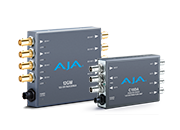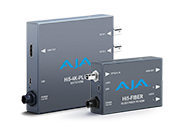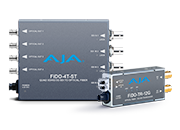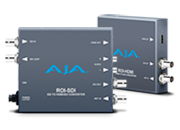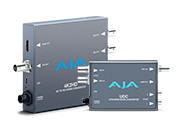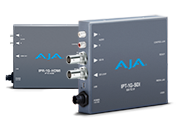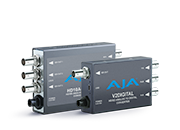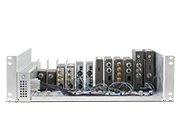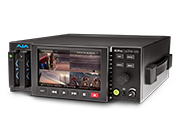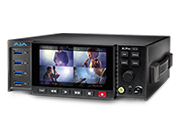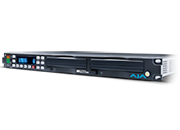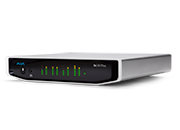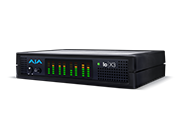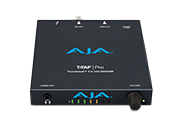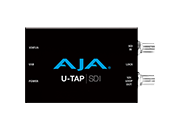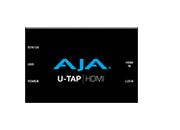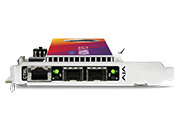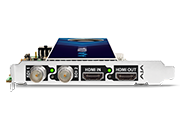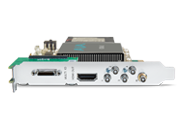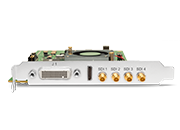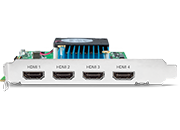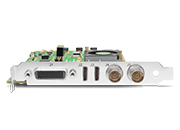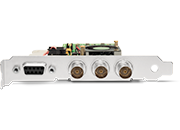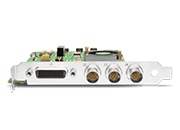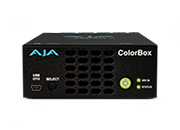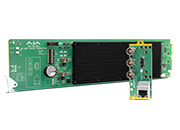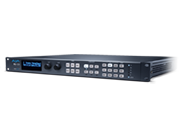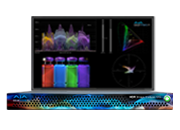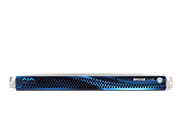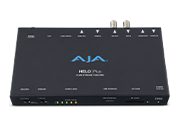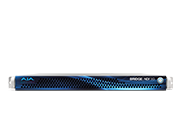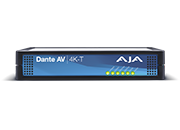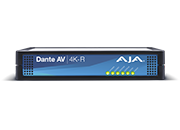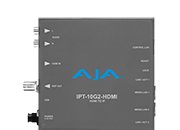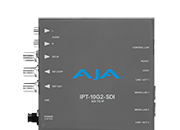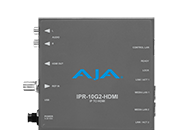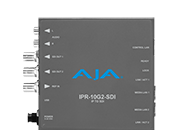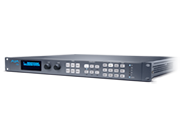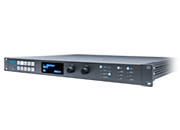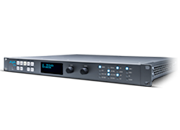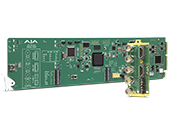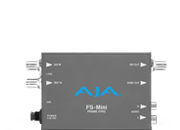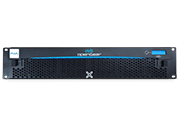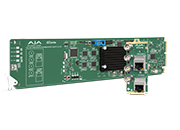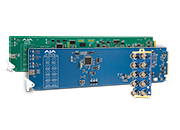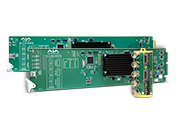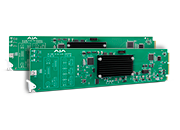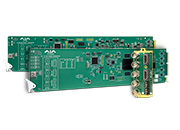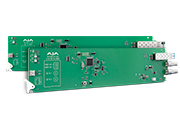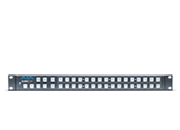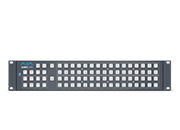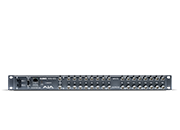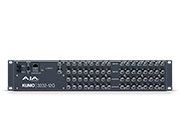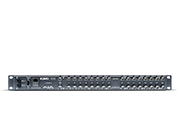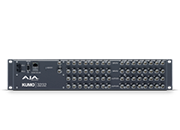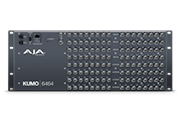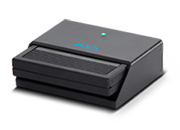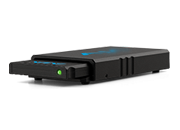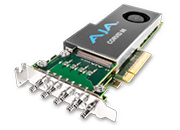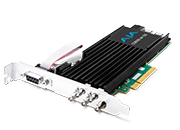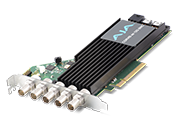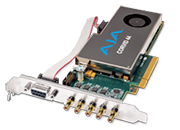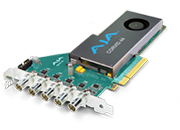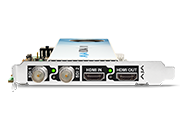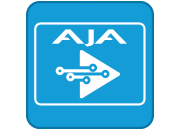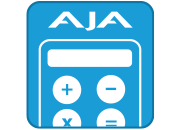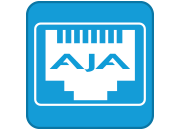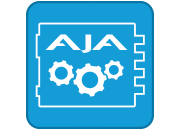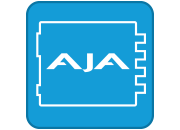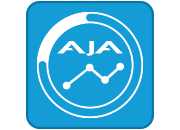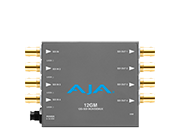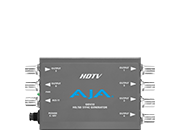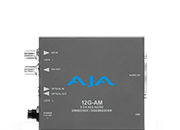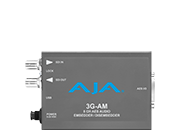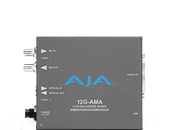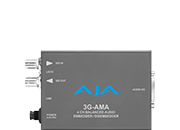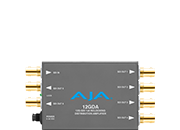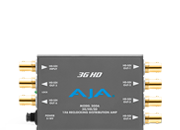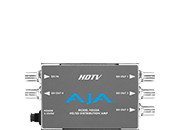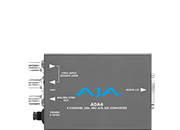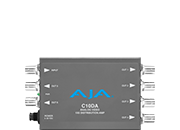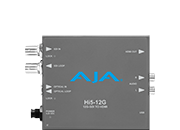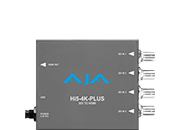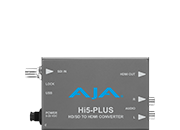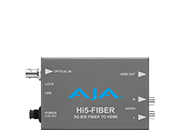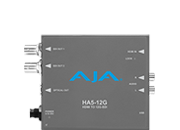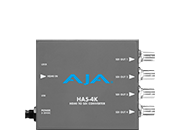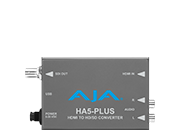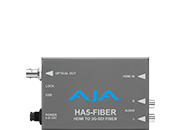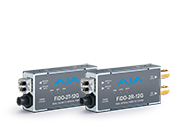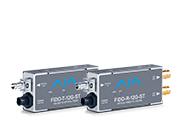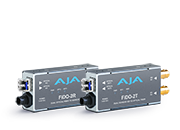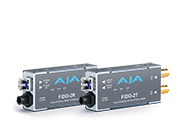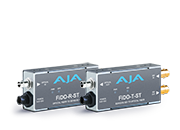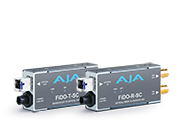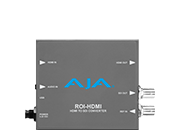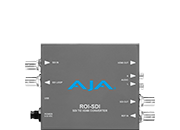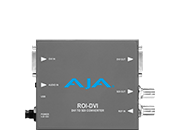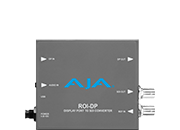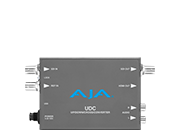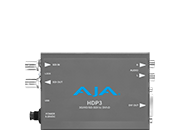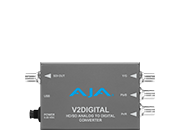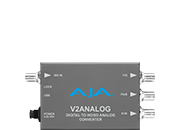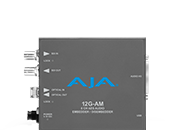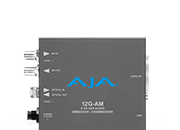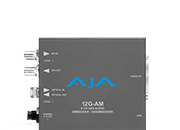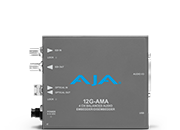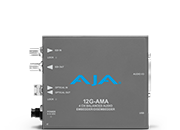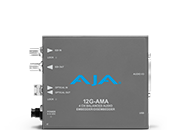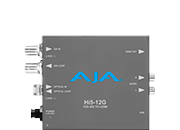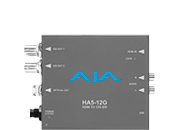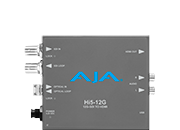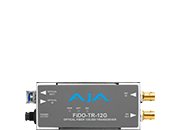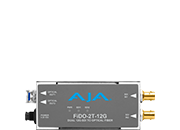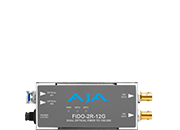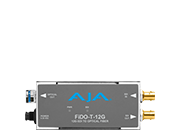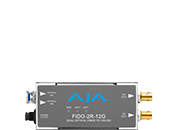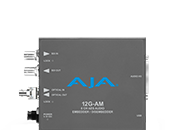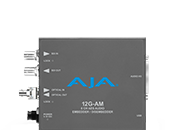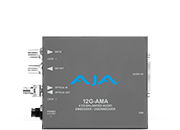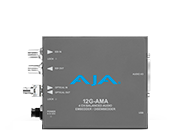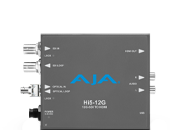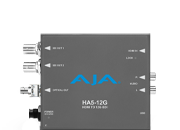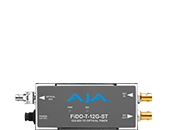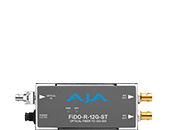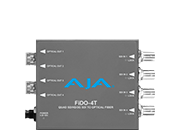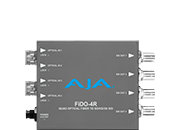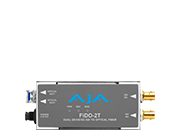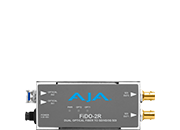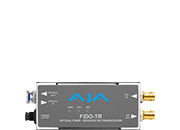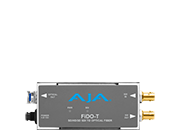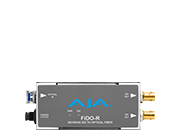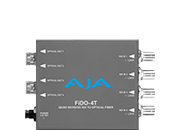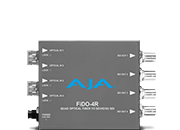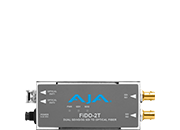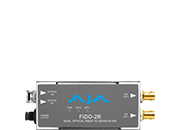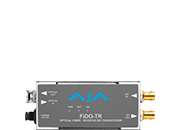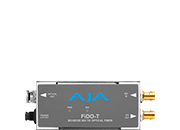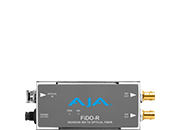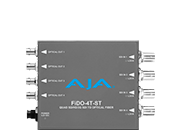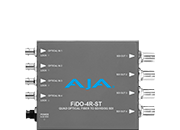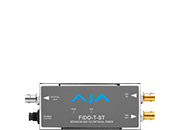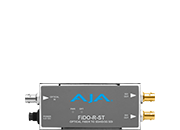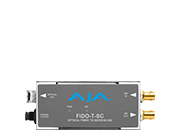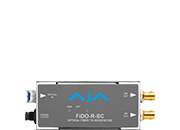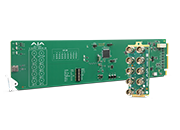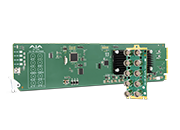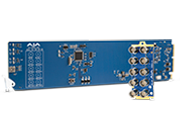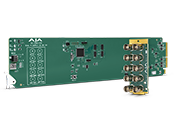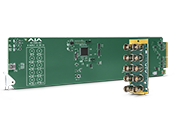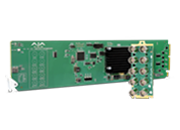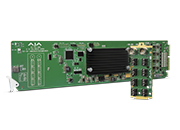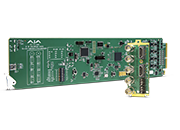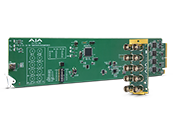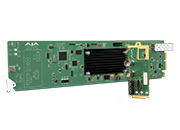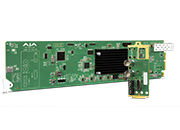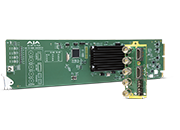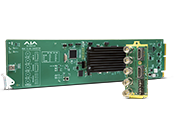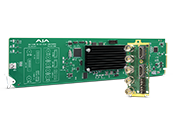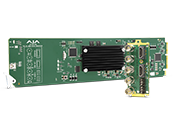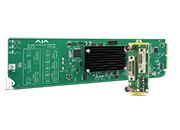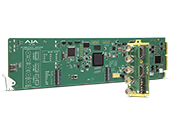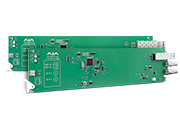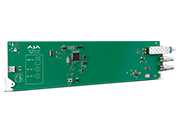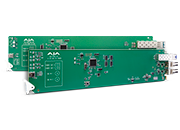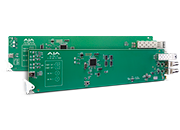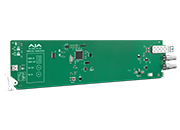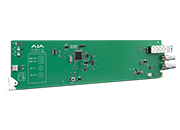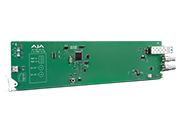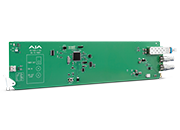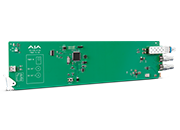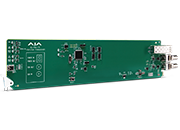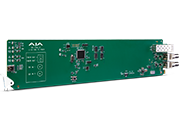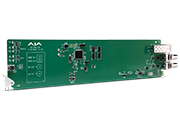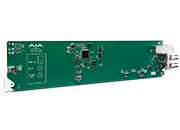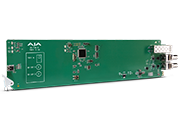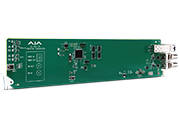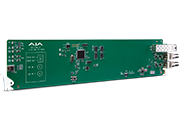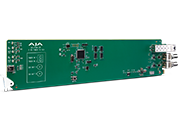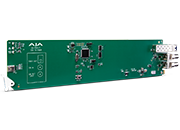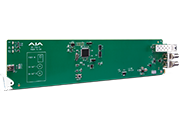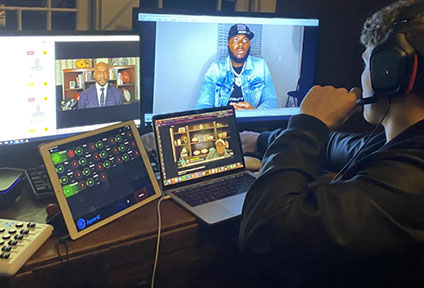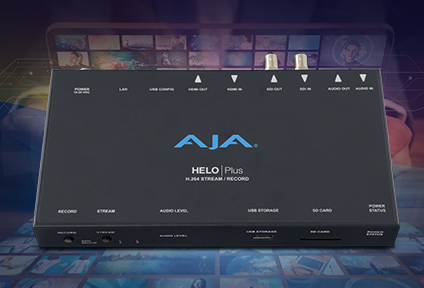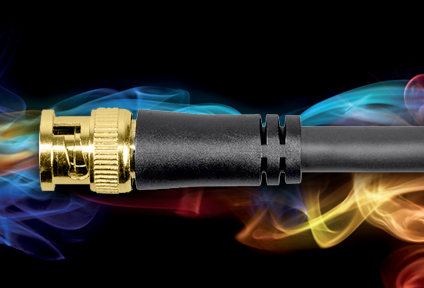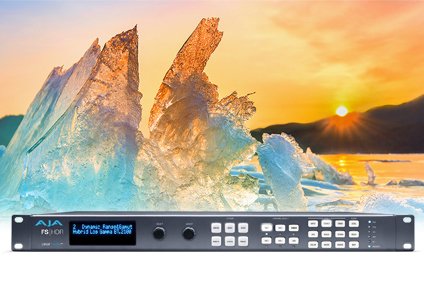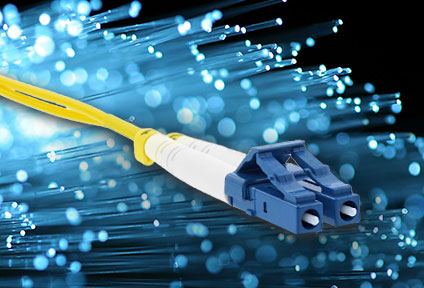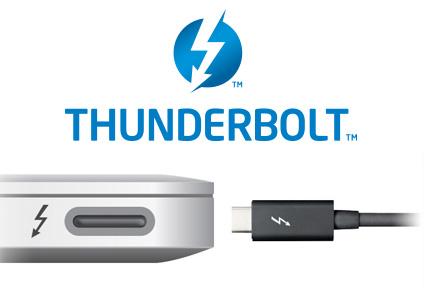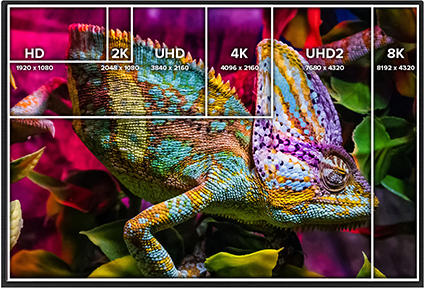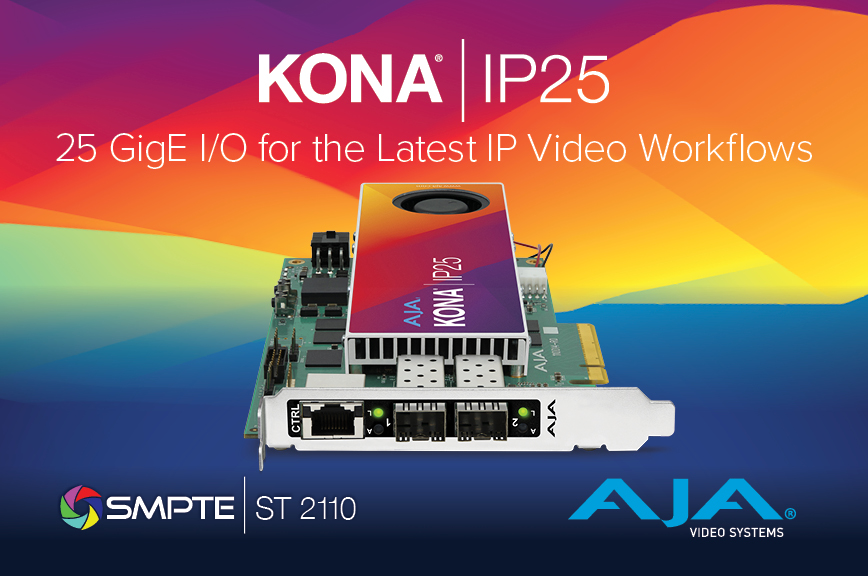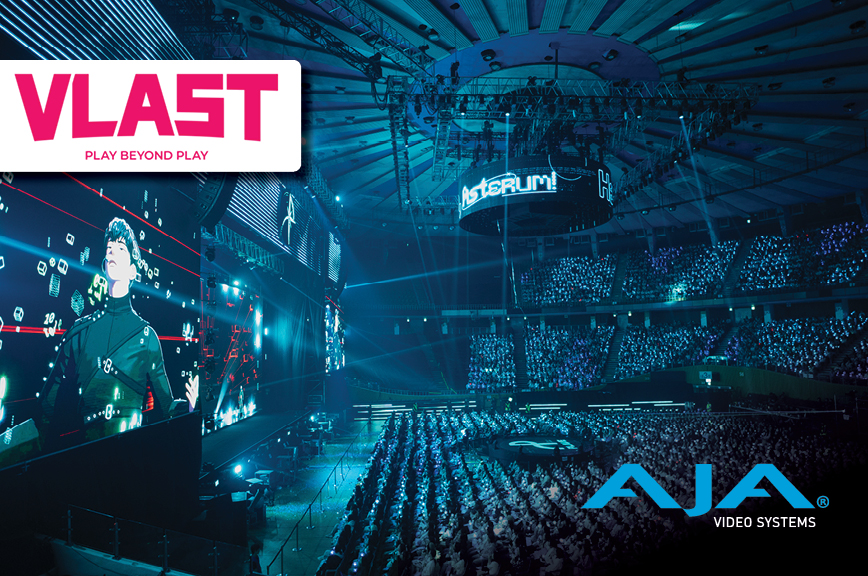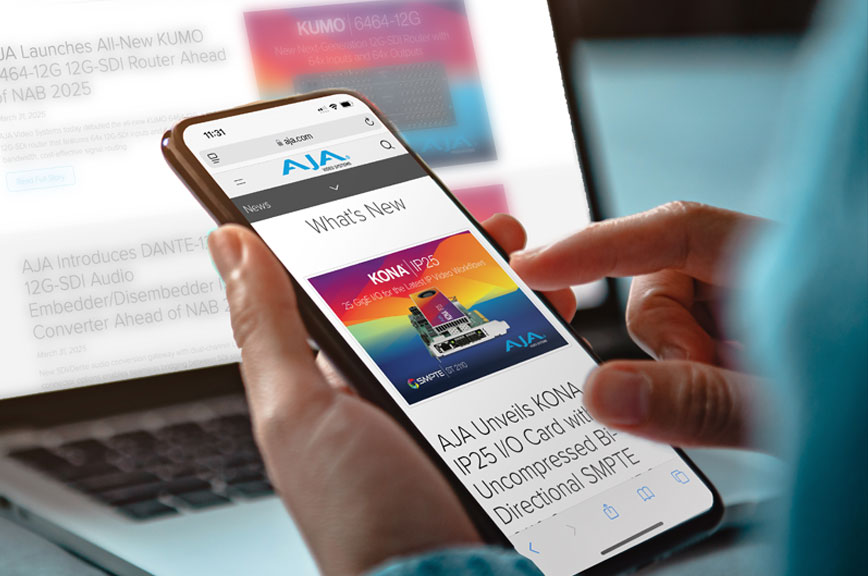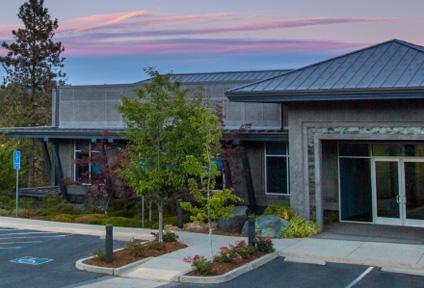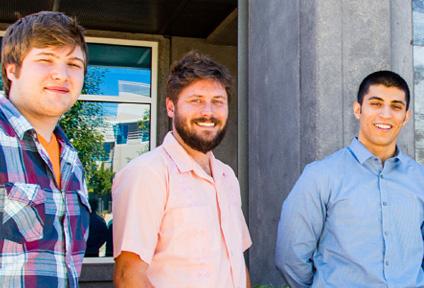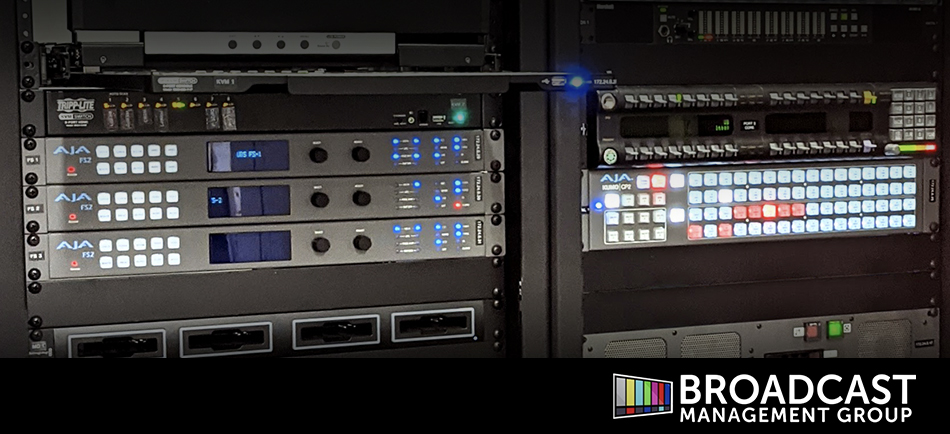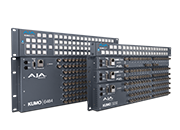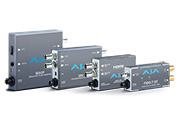Broadcast Management Group on Systems Integration Peaks and Valleys
February 15, 2022
Demand for systems integration (SI) has grown tenfold in the last few years, as more companies, facilities, educational institutions, and live event venues have doubled down on content creation and delivery investments during the pandemic for internal training and communications, or for communicating with external audiences. As a result, Broadcast Management Group (BMG) has seen its client roster expand and diversify. We sat down with BMG SVP of Engineering Megan Kirst to talk about industry changes, BMG’s approach to projects, and the challenges SI pros face in these ever-changing times. Below are key interview highlights:
Tell us more about BMG and your role there.
BMG is a full-service live production company based out of Washington D.C., with facilities in Chicago, IL; New York, NY; Los Angeles, CA; and Las Vegas, NV, where I’m based. Between offices, our teams handle everything from live production to broadcast consulting, systems integration, production staffing, event management and creative services. All our work is largely done in a REMI (Remote Production) style. BMG is the leader in designing, building, and operating facilities around centralized technology and decentralized production teams. I oversee the systems integration division, but we also have a production division that handles projects for entertainment, sporting and corporate events. As projects roll in, my team and I spec the various equipment needed to execute the client’s vision and make recommendations. Once the client is on board, I draw up the design and oversee the install, testing and any required client training.
How did you get into the industry, and what keeps you motivated in your job?
I’ve been in the business for 36 years but got my start as a photographer at GB News. I began volunteering in the engineering department there, and quickly realized that signal flow came naturally to me; I also liked engineering much more than news, so I continued on that trajectory. I eventually helped them build a new station, before traversing the world building similar stations for SONY. I then started up my own company building OB trucks, and when it was bought out by BMG, I stayed because I enjoy what I do.
What kinds of clients do you work with?
Historically, a lot of our work has been with traditional news organizations, and it still is, but as the demand for content has grown across industries, we’ve acquired more clients in other areas. At the simplest level, most customers are looking to create a studio facility with an embedded control room to create and deliver proprietary live and on-demand content, whether for internal distribution or to a public website or social media streaming site like Facebook Live or YouTube. The applications run the gamut, from entertainment and sports production to finance, hotels, fitness and beyond. Hilton, Vanity Fair, Mirror, TD Ameritrade, MSNBC, and UBS are just a few clients we’ve worked with.
How do you work with clients?
Clients largely come to us upon recommendation, or return after a previous project, and sometimes through an email inquiry. We look at the request, and come up with a ton of questions, with the goal of getting a better idea of what they’re looking to do, what equipment they already have, and the timeline and urgency. We then have a virtual meeting and build out the contract and equipment list based on the budget. Once the client signs off on all these elements, we start the design, which they approve before we move into the pre-build phase. After the equipment arrives at the site, we start the install and provide any required training. Our team also provides ongoing remote support as needed.
What role does technology play in your day-to-day?
Equipment is a huge part of what we do; we recommend technology that we know will be a stalwart in the field, which is part of why I love AJA gear so much. It’s earned a reputation for being some of the most solid tech in broadcasting. Whenever possible, I like to use AJA KUMO routers, audio embedders/disembedders, and Mini-Converters, because I know they’ll perform well for our customers. I’ve used other similar products from different brands, but always seem to run into problems. Having an embedder fail in the middle of a live production just isn’t an option for our clients, and with AJA, that’s never a worry, plus, AJA support is quick and stellar in the rare chance a client experiences any issues.
Describe the biggest challenges you and your team face daily.
Emerging technologies and trends are moving so fast that it can be tough for us to keep up. Some of our clients are working in HD SDR while others prefer to work in UltraHD HDR. Then there’s an array of IP approaches our clients are embracing like SMPTE 2110 and DANTE. We need to be well versed in all of it to make the right recommendations, and this requires a lot of research and conversation. Then, there is the current supply chain challenge, which often makes it tough to secure the gear we need for systems, but that’s affecting everyone.
How has the pandemic changed the way you work?
We’re certainly seeing a lot more customer demand for REMI capabilities. Clients want to have contingency plans ready if a team member can’t show up, or even the entire building shuts down. The pandemic has introduced a lot more unpredictability, which requires more extensive preparation to try to account for variables. This was true of our latest UBS project; we designed a few remote kits that make it easy to execute programming from home if needed. Similarly, when Covid struck, we were in the middle of building a new broadcast center for a client in Chicago, so we immediately designed and deployed 12 remote systems. We also updated our facility design to make it capable of being remote controlled. Within a very short time we had most studio/control room teams working remotely.
What kind of gear do you include in remote kits?
Our remote kits include the basic essentials: a camera, encoding tool, microphones, lights, and a monitor, as well as a teleprompter in some cases. The make and model of each piece of equipment really depends on what the client is trying to achieve. In some cases, an iPad camera is sufficient, while others require a higher-grade camera.
Tell us more about your recent install for UBS.
UBS enlisted us to design and build a studio for live streaming content and events internally. We opted to build in a news desk, but for the time being, a large majority of the content is currently training-based. Typically, a presenter will move between PowerPoint presentations as they discuss currency, market trends, charts, and more. The content is distributed to employees through a UBS internal IP network as a live H.265 stream, and also made available for on-demand viewing post-stream. The studio features four cameras, with feeds running through an AJA KUMO 6464 3G-SDI router and into decoders, then back through KUMO and into a video conferencing solution. We also built 30 AJA openGear OG-3G-AMAs and three AJA OG-X-FR openGear 2RU rackframes into the design for audio embedding/disembedding, as well as a handful of AJA Hi5 and HA5 Mini-Converters to support conversion between HD-SDI and HDMI. Built to support REMI, the studio can be controlled from anywhere in the world. BMG is able to provide most of the production positions remotely to augment the small on-site staff.
What advice would you offer to SI professionals just starting out?
First, research and get to know your client’s space and their goals. Why are they building the studio and what is their budget? Is the studio to be used for internal or external facing communications, and how often will it be used? Who is the audience, and what are the monetization goals, if any? These factors will influence technology choices and the timeline. Second, keep up to speed on available technologies, and order your equipment as early as possible to avoid delays. Finally, be flexible. The client may not be willing to compromise on a piece of gear they have in mind, so you have to either work around it or be transparent with them about why you think it’s not the right fit. Also, you may not be able to get the gear you want on your project timeline, so try to order it as quickly as possible, and have a backup option.
What insights would you provide to companies looking to work with an SI?
Consult a knowledgeable SI as early in the process as possible. They’ll help you lay out a plan for everything you’ll need to execute your vision, from the cameras and set lights to the floors, air conditioning, shelling panels, wall treatments, electrical needs, and more. Once building has started, failing to include any of these in the initial plan can prove costly. Also think carefully about your gear and wiring choices. If you need a lot of distance between cameras, Fiber is the way to go.
About AJA KUMO Routers
KUMO routers provide a convenient dense routing solution in lightweight form factors for use in facilities, OB trucks, post suites and more. KUMO is available in multiple connector densities, in 3G-SDI and 12G-SDI options. KUMO is easy to update, configure, and control with optional Control Panels for quick physical access for source and destination routing, with convenient USB ports, plus all models offer integrated web browser access across a network over the built in Ethernet connections. www.aja.com/family/routers
About AJA openGear Cards
For critical broadcast and IP applications, AJA openGear compatible converter cards provide the highest levels of quality and reliability for use in openGear frames including the new AJA OG-X-FR. AJA offers cards for video and audio over IP, infrastructure, HDMI/SDI conversion, scan conversion, Fiber conversion and scaling. All AJA openGear cards are DashBoard software compatible, allowing easy configuration and control. www.aja.com/family/opengear
About AJA Mini-Converters
From production to post and live events, AJA Mini-Converters offer the most complete range of compact, standalone conversion and infrastructure solutions, designed to the highest standards in reliability and quality. Our converters cover a full range of 4K, HD and SD capabilities to meet your needs.
About AJA Video Systems, Inc.
Since 1993, AJA Video has been a leading manufacturer of video interface technologies, converters, digital video recording solutions and professional cameras, bringing high-quality, cost-effective products to the professional, broadcast and post-production markets. AJA products are designed and manufactured at our facilities in Grass Valley, California, and sold through an extensive sales channel of resellers and systems integrators around the world. For further information, please see our website at www.aja.com.
All trademarks and copyrights referenced herein belong to their respective companies.
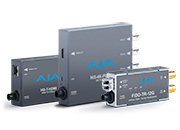 Mini-Converters
Mini-Converters
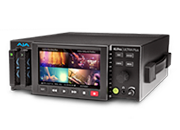 Digital Recorders
Digital Recorders
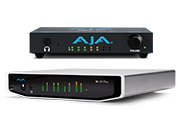 Mobile I/O
Mobile I/O
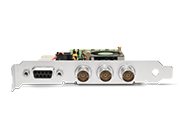 Desktop I/O
Desktop I/O
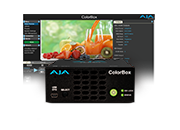 Color
Color
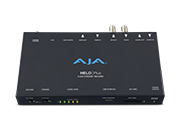 Streaming
Streaming
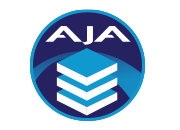 AJA Diskover ME
AJA Diskover ME
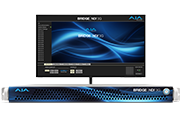 IP Video
IP Video
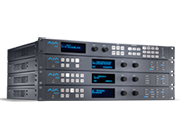 Frame Sync
Frame Sync
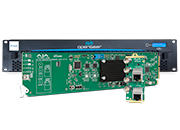 openGear
openGear
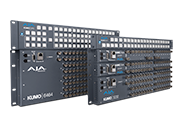 Routers
Routers
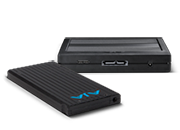 Recording Media
Recording Media
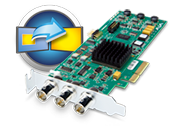 Developer
Developer
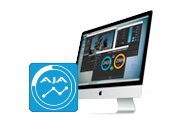 Software
Software
